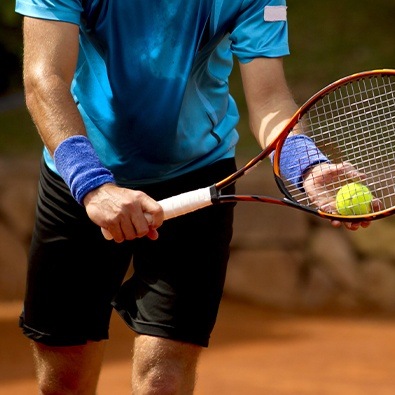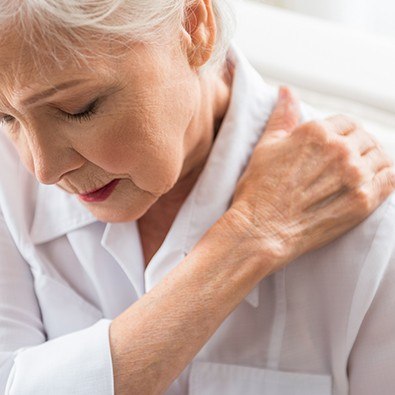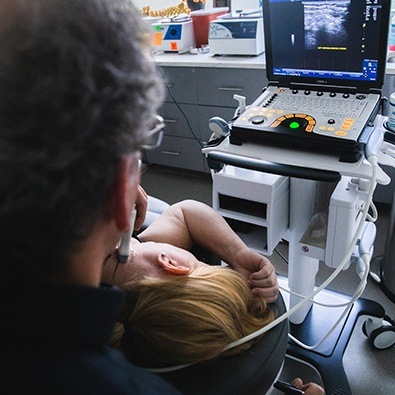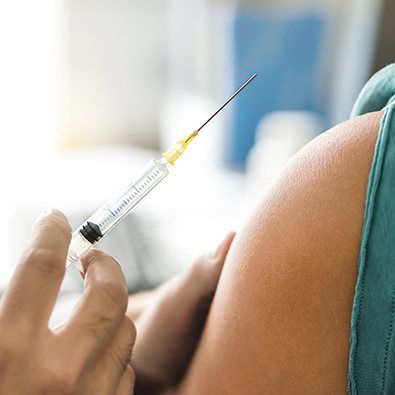
Fax: (860) 430-9693
Glastonbury, CT 06033

Rotator Cuff injuries can be painful and debilitating. They can range from chronic tendinitis to massive complete tears. Tendinitis is usually treated initially with physical therapy, but stubborn cases require more aggressive treatment such as Prolotherapy and PRP.
Rotator cuff tears can range from very small tears all the way to massive complete tears. While surgery traditionally has been the main treatment for cuff tears, treatments such as PRP and stem cells can be excellent alternatives. However, if you have a massive complete tear then Regenerative Medicine treatments usually don’t help, and even surgery may not help. We offer a range of solutions for treating rotator cuff injuries in Glastonbury, CT.

The rotator cuff is a group of four muscles and their tendons that help stabilize the shoulder joint.
The four muscles are: Supraspinatus, Infraspinatus, Teres minor, and Subscapularis. (The first letters of each muscle give rise to the common acronym, “SITS,” to refer to the Rotator Cuff.)
Each muscle attaches to the shoulder blade (scapula) and reaches around to grab the “ball” of the shoulder to help hold it in the socket during shoulder movements. Contrary to its name, the main purpose of the Cuff is actually NOT to rotate the shoulder but rather to help stabilize it. The bigger overlying muscles—the trapezius (“traps”), deltoids (“delts”), pectoralis major (“pecs”), and latissimus dorsi (“lats”)—are the main movers of the shoulder.
Contrary to the “ball and socket” arrangement of the hip, the anatomy of the shoulder joint has been best described as “a golf ball sitting on a tee.” A large ball (the humeral head) sits in a shallow dish (the glenoid). This gives the shoulder a tremendous range of motion (unlike the hip). But it also makes it an inherently unstable joint. (Think how easy it is to knock that golf ball off the tee.) Ligaments (which connect bone to bone) help stabilize the joint by acting as static stabilizers (think of tethers or guidewires). But the Cuff acts as a dynamic stabilizer. The contractions of the various Cuff muscles during active shoulder movement help keep the rotating ball in the center of the glenoid dish.

The Rotator Cuff can get injured either by falling on an outstretched arm or elbow, thereby jamming the Cuff tendons up against the tip of the shoulder blade (the Acromion), or by overuse injuries. In addition, weak Cuff muscles can cause a muscle imbalance whereby the stronger pecs, lats, delts, and traps exert a stronger pull against the joint that isn’t properly counteracted by the Cuff. This results in an unstable joint that allows the cuff to become progressively injured over time. This is common in athletes who do a lot of weight/strength training for the larger muscles while ignoring the Cuff muscles.
Rotator Cuff injuries can consist of tendinitis or actual tendon tears, with a continuum of damage in between. Tendinitis involves inflammation or chronic gradual thinning of the tendon. Eventually, small tears can develop that can give rise to larger tears, and even complete tendon tears, when not treated.

The Symptoms of Rotator Cuff Injury can include:
An acute shoulder injury that causes an immediate loss of shoulder strength could indicate a completely torn tendon and needs to be evaluated as soon as possible. If you wait too long the tendon may not be able to be repaired.
Keep in mind that not all Rotator Cuff damage causes pain! We often see evidence of Cuff pathology on MRI that ends up NOT being the cause of the patient’s pain.

Diagnosing Rotator Cuff injuries is done by a combination of history, physical exam, diagnostic ultrasound and/or MRI. At Valley Sports Physicians & Orthopedic Medicine, we’re experts in diagnostic musculoskeletal ultrasound. Note that x-rays do NOT show Cuff injuries. But x-rays may be taken to look for other shoulder problems.

Treatment for Rotator Cuff injuries depends on the nature of the underlying damage. Early and mild tendinitis is best treated by physical therapy and avoiding the offending activities. Chronic tendinitis (also known as tendinosis) that has failed conservative treatments may require Regenerative Medicine treatments such as Prolotherapy and PRP*. Surgery is rarely indicated for tendinitis and small tears. Larger full thickness Rotator Cuff tears may require surgery. But for those seeking to avoid surgery, we’ve had good success treating these with stem cell treatments.
For more information about the various Regenerative Medicine treatments that we offer click HERE for our free e-book on Regenerative Medicine.
(*NOTE: All Regenerative Medicine treatments are performed by our affiliate, the New England Stem Cell Institute. Click HERE to get a free e-book on Regenerative Medicine.)